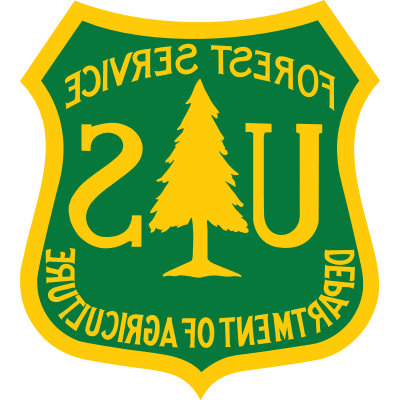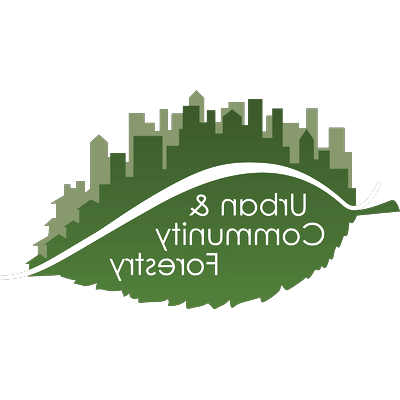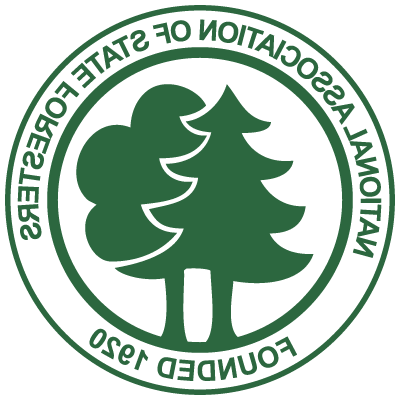Bulletin #13: 加拿大28回水 for Wildlife
A common thread that runs through the fabric of America is our love for wildlife. Whether it is a squirrel in our backyard or a hovering marsh hawk hunting the edges of a city park, wildlife is a valued resource to protect and enjoy.
But to share our communities with wildlife takes understanding and planning. Not surprisingly, trees play an important role. By understanding a few basic principles, you can attract songbirds and other desirable wildlife to your home or neighborhood.This is the free, digital version of Bulletin #13. Purchase the full bulletin for the complete content.
What Wildlife Needs
Whatever the wildlife, whether a song sparrow or a butterfly or a squirrel, the key to its presence is habitat – the place where it lives. Habitat consists of three important elements, all of which are necessary in order for wildlife to find a home.

食物
Each different tree and shrub species has a different food value and attracts different animals. Some, like cherries, may be relished by as many as 40 species. Having a wide variety of trees with high food value is the single best way to increase your pleasure in viewing wildlife.
水
水 is as essential for wildlife as it is for humans. Provide it and you will be rewarded with more birds, butterflies, and other wildlife. Shown below are a few ways water can be provided in a home landscape.

封面
封面 provides protection for breeding, nesting, sleeping, traveling, and hiding from enemies. Ideal cover for a wide range of animals is provided by dense plantings of conifers. In urban settings, even a single spruce tree will help, but all the better if you have space for a group of evergreens or a hemlock hedge. Wild tangles, vines and thorny shrubs in odd corners or narrow spaces also provide excellent cover.
Useful Vegetation Patterns to Help Wildlife
The arrangement of food sources, protective cover, and water will make a big difference in the kinds and quality of wildlife you attract. A few principles:
- The same arrangement of trees and shrubs that provides humans with wind protection and shade also works well for wildlife.
- To see more birds and provide for their safety, plant cover trees or shrubs within 10 to 15 feet of water sources.
- When possible, provide unbroken travel lanes (rows of trees, hedges, a brushy fence row, etc.) between wooded areas.
- Provide “edge” areas where woods or shrubbery meet a lawn or old field. Edge areas provide a combination of food, sunlight, shade, and security.

More 信息rmation
呼叫 1-888-448-7337 Monday-Friday 8:00 AM to 5:00 PM 中科


